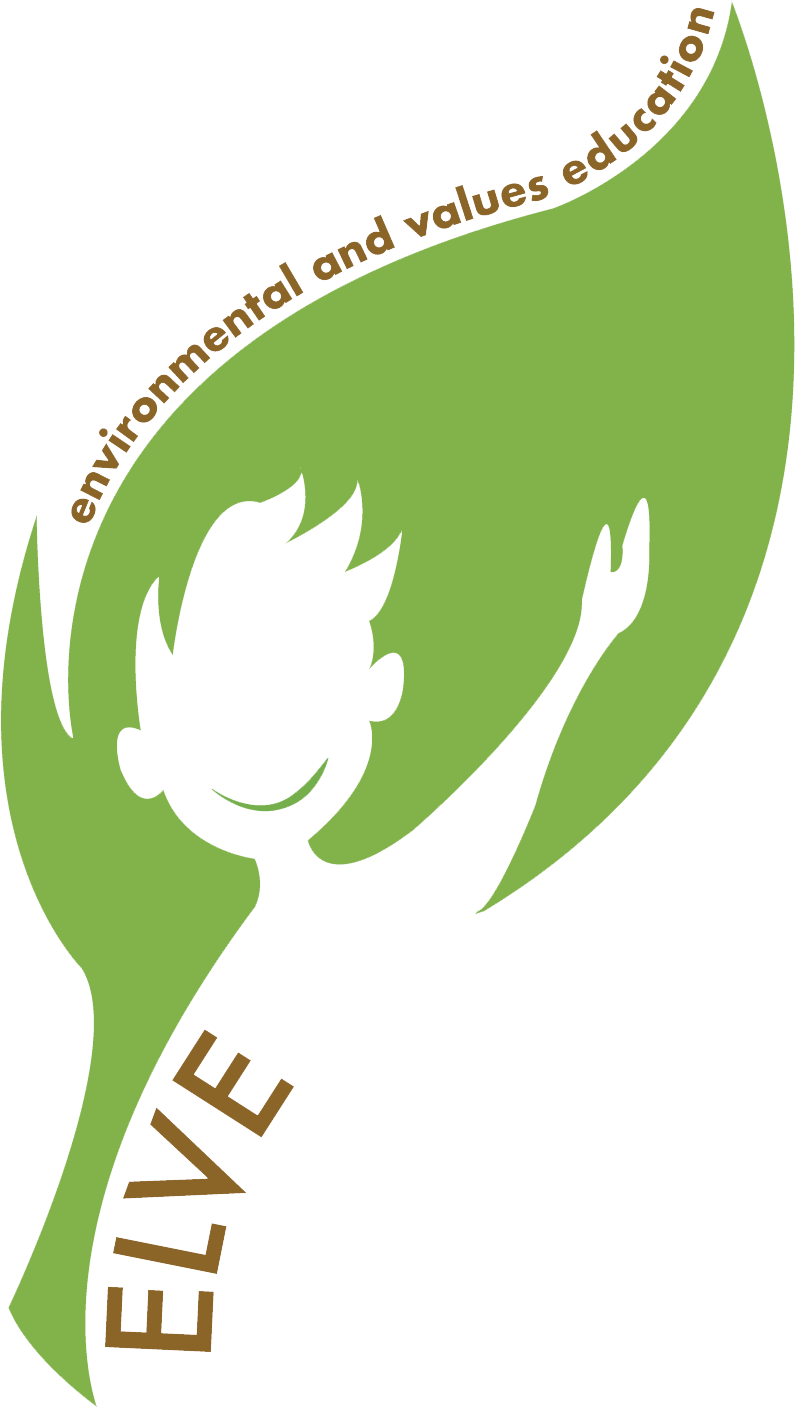I want to be a scientist
Age9-11
ValueEnvironmental
LocationIndoor
Recommended group size5-10
Recommended time / Minutes30-60
| Topic | Science and Environment |
| Overview | Science is essential for understanding how our world works. But it is also a key element to preserving and protecting the environment around us. The most important tool used in science is observation through experiment which leads to analyzing and concluding. Observational and analytical skills lead to critical thinking and decision making processes. The experimental phase of science can often trigger creative thinking as it often questions what else can be done or done differently. Those are essential skills for children to shape their own thinking as well as to understand the world they live in. |
| Learning objectives | To observe, analyse, and compare the results of the scientific experiment on the impact that ecological catastrophe can have on the environment. |
| Skills developed | Observational skills, analytical skills, critical and creative thinking skills, communication skills |
| Method | Scientific experiment |
| Materials | Materials needed for each group/ science team: Large glass or plastic container (for example glass cake pan), modelling clay , napkins, water, cooking oil, small toy animal (for example bath duck), cheese cloth, dish soap, spoon, pen and paper or notebook |
| Guidelines | ❖ Make sure the children are comfortable and relaxed while sitting in the circle.❖ If you don’t know the children you are working with, start the workshop by presenting yourself and getting to know them.Announce to the children that today you will dive in an experiment about environmental pollution and what science can do to help prevent ecological catastrophes.Before the experiment, start a discussion with children using the following questions:❖ What is environmental pollution? Can you name some examples?❖ What is the difference between pollution and ecological catastrophe?❖ What happens when oil spills into the sea?❖ Which species can be affected and how?❖ Can birds fly or swim if their fathers are covered in oil; Are sea turtles and crabs able to move or swim?❖ What about the flora and fauna of the shoreline?❖ Can birds and other species nest in a shoreline covered by oil?❖ What happens to fish?❖ Can oil catch fire while it floats on the sea?To help motivate the discussion and the children’s understanding of the consequences of an ecological catastrophe, use pictures of oil spills from the internet.After the discussion, explain to the children that they will do a science experiment with spilled oil. Divide children in groups of 4 or 5 to work together and tell them they are now a group of scientists. Each group can make up a science team name.Each group should observe and take scientific notes during each step of the experiment.Divide the experiment in the following steps:1. Step 1In the large glass cake pan or plastic container, create your environment from clay. It is important to create a space with land (shoreline) and water in the middle.2. Step 2Pour approximately two tablespoons of oil into the centre of the water and observe the oil for a few minutes.● Did the oil sink or is it floating on the water’s surface?● Did the oil slowly spread across the water?3. Step 3Place your toy animal in the middle of the oil spill.● Observe how fast the animal gets covered with oil.● Is the oil spill starting to spread even further?4. Step 4Take your animal out of the container and tray to rinse it with clean water.● Is it still oily and slippery?Clean your animal with a dry napkin.● Make notes if it is still oily or not.Wash your animal with soap and dry it with a napkin again.● Make notes if it's clean now or how much cleaner it is then in previous steps.5. Step 5Now, go back to your landmark container. Take a cheesecloth and try to absorb the oil in the water.● Did the cloth absorb the whole oil spill or just some of it?● Did the cloth push the oil even further towards the shoreline?6. Step 6Take a spoon and try to scoop the oil from water.● Was the oil moving across the water when you tried to scoop it?● Did it spread even more across the container?7. Step 7Use dish soap to clean the oil on the shoreline and water.● How much soap did you use?● How effective was the soap in cleaning the oil?8. Step 8If there is still oil in the container, ask children to come up with ideas on what else could they try to clean the oil.Remind them to make notes.After the experiment, ask each group to summarize their notes and give a conclusion with the help of the following questions:- Did it take long to clean the animal from the oil?- Which method was the best for removing the oil?- Which method was the least efficient and why?- Could only one method remove the oil or did you need a combination of them all (absorption-removal-cleaning)?- Have you learnt something while observing and making notes? What?- Is soap also a chemical and what impact can it have on the environment?Compare the answers of each group and ask them about similar and different conclusions.After the experiment, ask children whether they now think differently about the consequences of ecological catastrophes that you discussed at the beginning of the workshop.Do we need science to help us prevent or reduce the consequences of an environmental disaster? |
| TipsAdditional materialsHow to apply online?What to do at home? | If you are implementing this workshop online, then each child can do the experiment at home.Furthermore, instead of taking notes during the experiment, they can make a scientific video blog and share it with the rest of the group the week after.The scientific video blog method can be applied in the classroom or as a home activity. |
| Author | Marija Kragić, Ivana Kragić |
| Download | Download |
